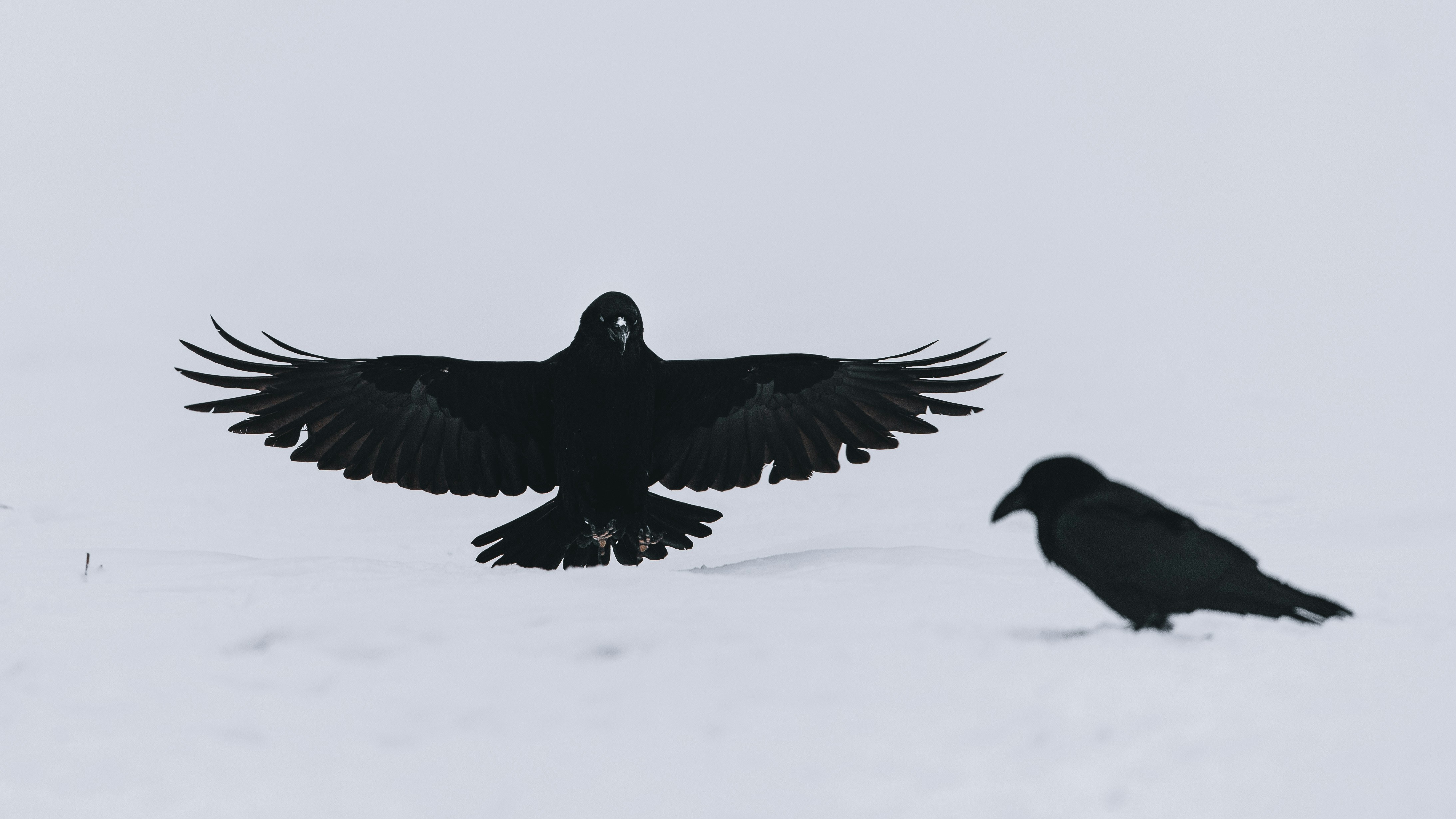The Social Life of Ravens

Category: Birds | June 14, 2025
Often associated with omens and legends, ravens are among the most intelligent and socially complex birds on the planet. Their glossy black feathers and eerie croaks may evoke mystery, but behind those eyes lies a brain capable of incredible feats of memory, emotion, and cooperation.
Ravens belong to the corvid family—relatives of crows, magpies, and jays—and share their kin’s reputation for problem-solving. In scientific studies, ravens have demonstrated the ability to use tools, plan for the future, and even barter with other birds. But perhaps most impressive is their social intelligence.
These birds form intricate social bonds, often cooperating in pairs or groups to obtain food, defend territory, and outwit rivals. Young ravens even engage in playful behavior, tossing sticks to each other mid-air or sliding down snowy slopes for fun—signs of cognitive richness rarely seen in animals outside primates and dolphins.
Ravens also exhibit a clear understanding of “reputation.” In the wild, they’ll remember individuals who’ve treated them fairly or unfairly and adjust their behavior accordingly. Some studies show they’re capable of deceit—hiding food caches while watching for spies, then moving the cache when unobserved.
Their communication is just as remarkable. Ravens have a wide range of calls, clicks, and even mimicry, which they use to coordinate with allies or express emotion. They can mimic human voices, wolf howls, and even mechanical sounds with uncanny accuracy.
They’re also known to form long-term monogamous pairs, raising chicks together in large nests built on cliffs or treetops. But unlike many birds, their social lives don’t end at the nest—flocks of young, unpaired ravens often form loose communities where they play, learn, and establish hierarchies.
🌴 Jungle Chatter
Most popular reactions:
No reactions yet.